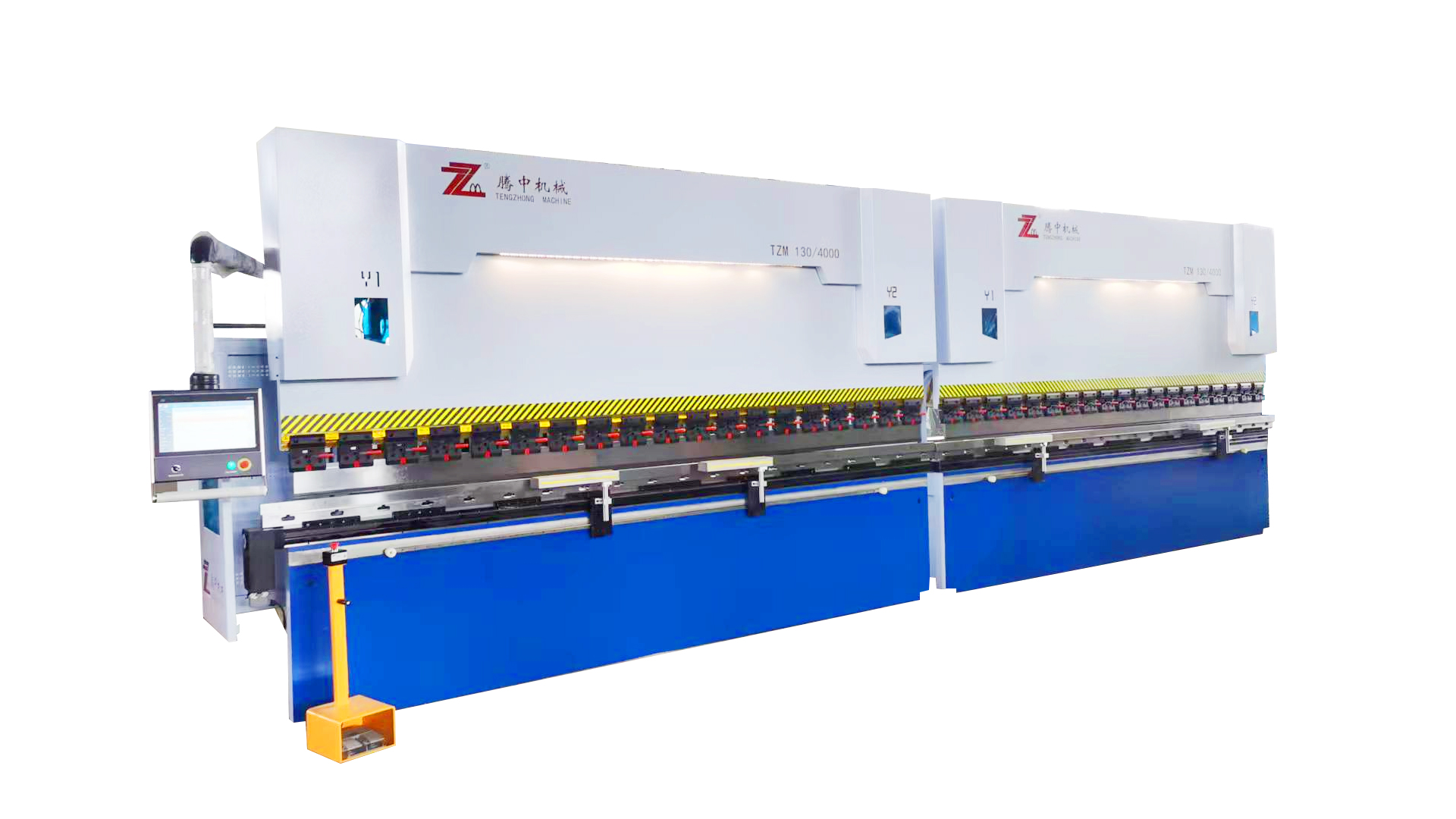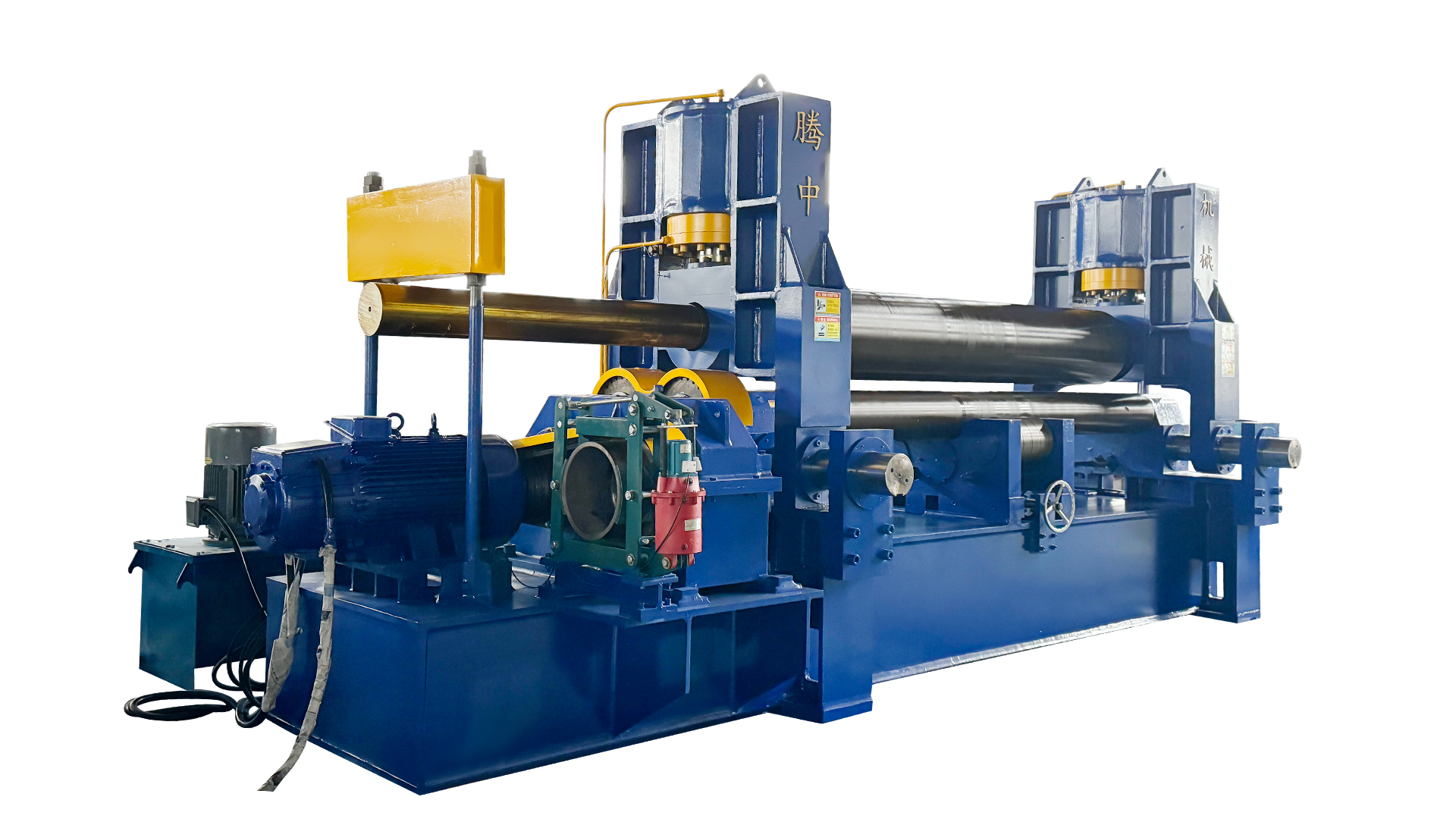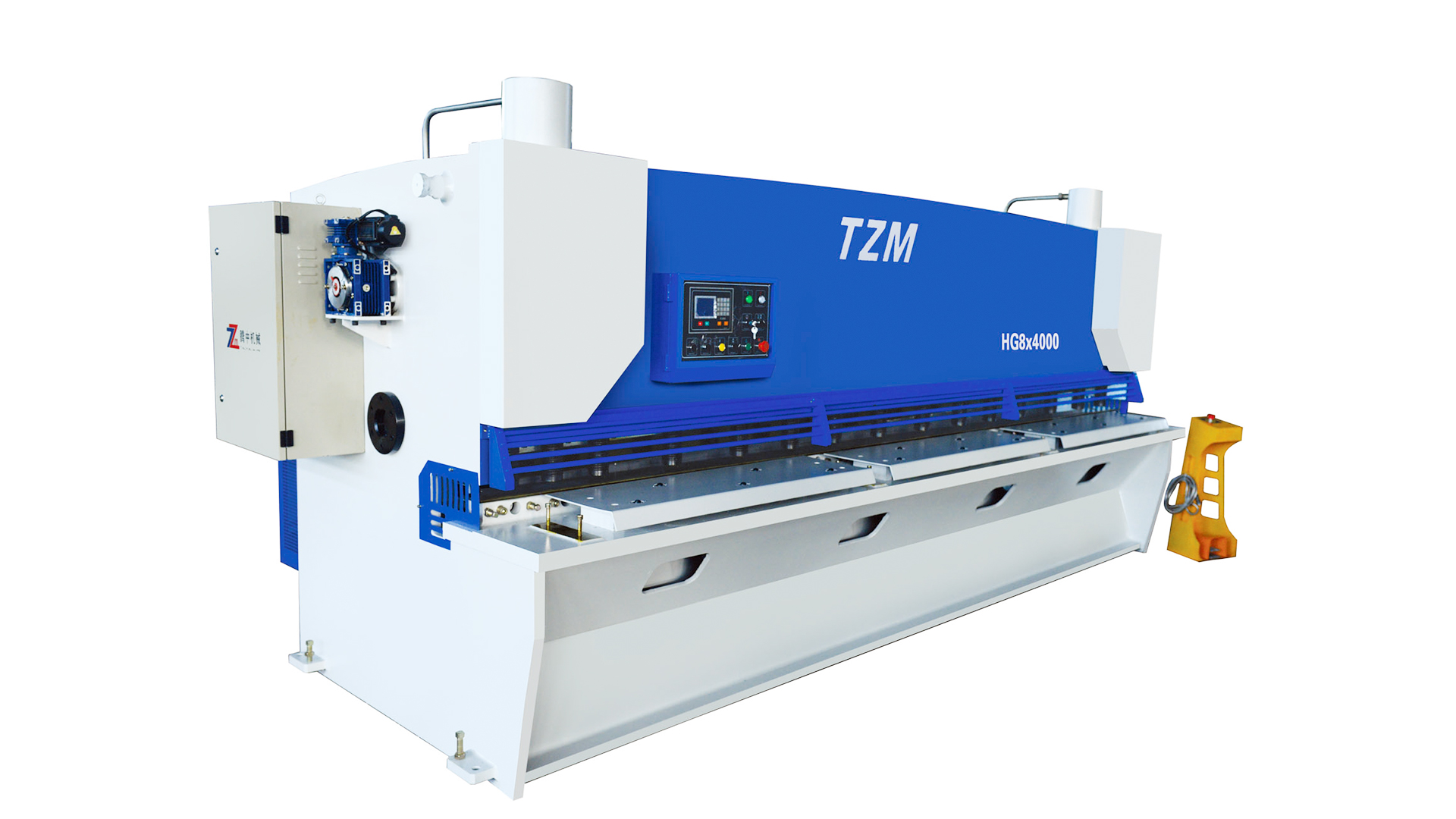Important precautions for container loading and delivery in the production line of four roll plate rolling machine
2025-02-01
The loading and delivery process of the fully automatic 4 roller rolling machine production line is crucial, directly related to the integrity and smooth delivery of the equipment. This process not only tests the organizational ability of the production enterprise, but also has a profound impact on the subsequent installation, debugging, and customer experience. The following Nantong Chuangtu Machinery editor will elaborate on the important precautions for container loading and delivery on the four roll plate rolling machine production line, providing a comprehensive and detailed operation guide for enterprises.
Detailed inspection before container loading
The inspection work before container loading is the first step to ensure smooth transportation of the production line, and its importance is self-evident. The inspection should cover all components, including but not limited to the host, transmission system, control system, auxiliary devices, and accessories. The specific steps are as follows:
1. Appearance inspection: Check each component one by one for scratches, dents, rust, and other damages, paying special attention to whether the welding parts are firm and have no obvious defects.
2. Size verification: According to the design drawings, verify whether the dimensions of each component are consistent with the design requirements to ensure that there is no accumulated error that may cause assembly difficulties.
3. Quantity counting: Based on the shipping list, count the number of components one by one to ensure that there are no omissions.
4. Functional testing: Conduct preliminary functional testing on testable components, such as motor operation, control system response, etc., to ensure basic functionality is normal.

Specialized protection for vulnerable precision components
The four roll plate rolling machine production line contains many precision components, such as sensors, circuit boards, precision bearings, etc., which are easily damaged during transportation. Therefore, specialized protective packaging is required for protection:
Shockproof packaging: use foam, bubble film and other shockproof materials to wrap precision parts to reduce vibration and shock during transportation.
Rust prevention treatment: For metal parts, especially exposed cutting and connecting surfaces, rust prevention oil or rust prevention paper should be applied for protection.
Dustproof and Waterproof: Use sealed plastic bags or moisture-proof boxes to ensure that components are not damaged by moisture and dust.
Clear labeling: All packaging should clearly indicate the component name, number, and installation location for easy assembly in the future.
Reasonably plan the container loading scheme
The rationality of the container loading plan is directly related to transportation efficiency and safety. When planning, the following points should be considered:
1. Space optimization: According to the size and weight of the components, arrange the loading sequence and position reasonably, ensure the balance of the center of gravity, and avoid shaking during transportation.
2. Fixing method: Use auxiliary materials such as shelves and wooden boards to securely fix the components and avoid collision with each other.
3. Rope strength: Use ropes or straps of sufficient strength to ensure that all components are firmly bound inside the container, paying special attention to the fixation of heavy components to prevent displacement during transportation.
4. Ventilation and Breathability: Although moisture and dust prevention are necessary, it is also necessary to ensure a certain level of ventilation to avoid excessive internal humidity that may cause component corrosion.
Verification and preparation before shipment
The verification work before shipment is a key step to ensure that all procedures are correct:
1. Checklist verification: Recheck whether the shipping list matches the actual item, including quantity, specifications, model, etc.
2. Document preparation: Organize and review all relevant documents, such as packing lists, invoices, copies of contracts

 English
English русский
русский Français
Français Español
Español Português
Português عربى
عربى









